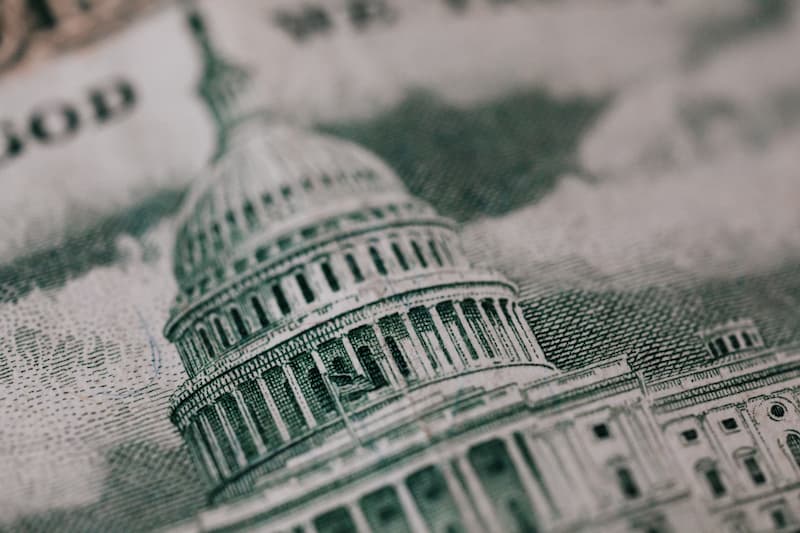
Pending Legislation Could Affect Your Retirement (and your responsiblity as an employer)
Published on April 05, 2022
This week, the House of Representatives overwhelmingly passed the Securing a Strong Retirement Act, legislation supporters say will expand access to workplace retirement plans and increase retirement savings. Building on the SECURE Act (some are even calling it SECURE 2.0), the measure contains dozens of provisions that will affect you personally and as a business owner. Here are the top 7.
The Act would:
- Automatically enroll employees in 401(k) and 403(k) plans.
Employees would be automatically enrolled in these retirement plans unless they opted out. The initial contribution would automatically be selected to 3-10% of pre-tax earnings. If employers opted for a lower automatic contribution amount to start, it would increase by 1% annually until enrolled employees were saving 10% of their income for retirement.
The automatic enrollment provision is effective for plan years beginning after December 31, 2023.
- Increase and start-up credits.
Currently, certain employers that adopt a qualified retirement plan can apply for a credit to help subsidize start-up costs. The current credit is 50% of the administrative costs for the first three plan years up to a maximum of $5,000 per year. Secure Act 2.0 would increase the credit to 100% for employers with 50 or fewer employees.
The Act would also add a new credit for any plan other than a defined benefit plan. The new credit would be a percentage of the amount that the employer contributes to the plan up to $1,000 per employee. The full credit is available for employers with 50 or fewer employees and is phased out for employers with 51 – 100 employees. The applicable percentage is 100% in the first and second plan years, 75% in the third plan year, 50% in the fourth plan year, 25% in the fifth plan year and no credit for subsequent plan years.
This would be effective for plan years beginning after December 31, 2022.
- Expand eligibility for part-time workers.
Currently, a part-time employee is defined as an employee who works at least 1,000 hours in any plan year or 500 hours in three consecutive 12-month periods. The Act would reduce the three-year period to two years.
This change would be effective for plan years beginning after December 31, 2022.
- Change the required age for RMDs.
Currently, individuals with a 401(k) or IRA must begin taking Required Minimum Distributions (RMDs) from their accounts beginning at age 72. Under the Act, that would change to age 73. Beginning in 2029, the required age for RMDs would be increased again to 74, and it would be pushed back further to 75 in 2032.
This becomes effective for distributions required to be made after December 31, 2022, for any plan participant who turns 72 after December 31, 2022.
- Reduce the penalty for not taking RMDs.
If retirees do not take RMDs as required, they are currently subject to a penalty of 50% of the amount they should have withdrawn. This Act would lessen the penalty to 25% or 10% if retirees corrected their error in a timely fashion.
- Raise the catch-up contribution limit and index it to inflation.
Employees over the age of 50 are currently allowed to make catch-up contributions to their 401(k) and IRA accounts -- $6,500 for 401(k)s and $1,000 for IRAs in 2022. The Act would increase the amount of catch-up contributions to $10,000 for workers between the ages of 62 and 64, and it would index this amount to inflation, which is not currently happening. Beyond incentivizing retirement contributions, this would mean much bigger tax breaks for older individuals.
- Allow for extra contributions for workers with student loans.
The act would allow employers to match student loan payments by making an equivalent contribution to employee retirement accounts. The goal of this is to make retirement savings easier for those who can't afford to contribute to their 401(k) because of their student debt.
The Act now moves to the Senate, which could take up SECURE 2.0 as-is or introduce something else altogether – eventually trying to work out differences between the House and Senate versions in a conference committee. We’ll keep tabs on it.






